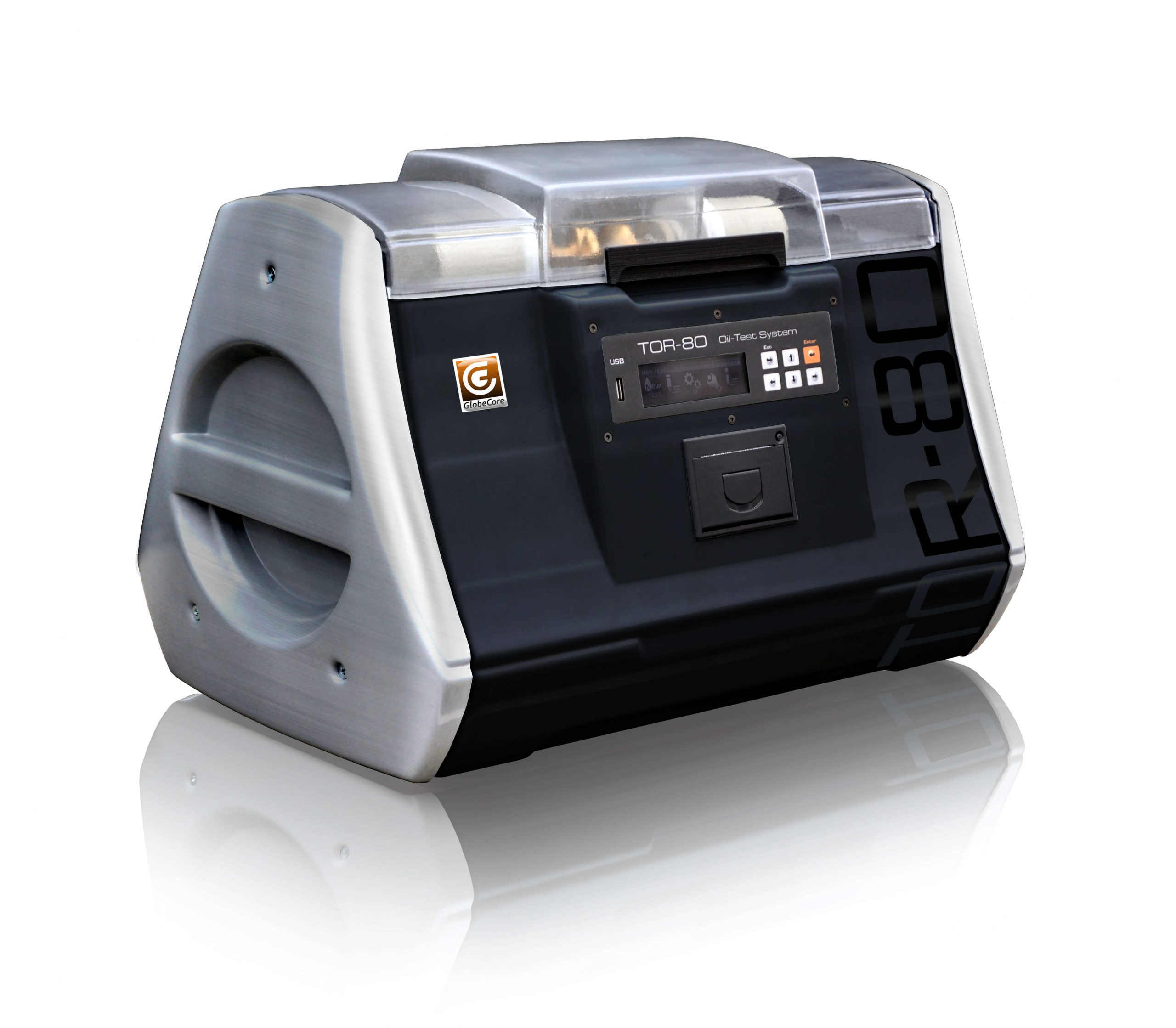In this article, we will discuss what is meant by the dielectric strength of transformer oil, how dielectric strength measurement is taken, and what instruments are used for this purpose.
Along with the dielectric loss tangent, dielectric strength is the main characteristic to describe the dielectric properties of insulating oil. Therefore, an interest in exploring it appeared almost at the time when mineral oils began to be used as an insulating medium for transformers, i.e. more than a hundred years ago.
Physical meaning of the dielectric strength of transformer oil
The physical meaning of dielectric strength can be explained using an example. With a gradual increase in the voltage applied to the transformer oil, the oil resistance will sharply drop to zero after a while. It means that the oil has lost its dielectric properties and began to pass an electric current. The voltage at which an oil breakdown occurs is known as breakdown voltage.
In practice, the breakdown voltage of dielectrics depends on their thickness: the thicker the material layer is, the higher value its breakdown voltage has. But if you take two dielectrics of different origin with the same thickness, then their breakdown voltage will be different. Therefore, a parameter that characterizes the ability of materials to resist a breakdown was introduced — that is dielectric strength. In the simplest case, it equals the breakdown voltage and thickness ratio of a dielectric. Dielectric strength is measured in V/m, but other units are also used in practice:
- kV/mm;
- kV/cm;
- V/mcm, etc.
Physically, dielectric strength is the electric field intensity in a dielectric upon reaching which a breakdown occurs in this place.
Before moving on to the matter of dielectric strength measurement, let’s discuss what this parameter depends on for the case of transformer oil.
What factors affect the dielectric strength of transformer oil
Fresh and pure transformer oil usually has the dielectric strength sufficient for use in high-voltage equipment.
But while in use, the oil is affected by various factors: high temperature, moisture, ambient oxygen, and high voltage. As a result, the oil becomes contaminated with harmful impurities: mechanical particles, water and gas bubbles. Specifically, they reduce the dielectric strength. Water is the main enemy to the dielectric strength of transformer oil.
In switching devices, the dielectric strength of oil decreases in proportion to the number of switch operations. It stems from increased content of the coal which is formed due to the occurrence of an electric arc.
How to measure the dielectric strength of transformer oil
As a rule, the dielectric strength of transformer oil is determined in a laboratory environment using special instruments. The classic method of dielectric strength measurement involves the use of a high-voltage transformer with a voltage regulator and a measuring cell into which a transformer oil sample is poured. There are also two electrodes in the cell, the shape and the distance between which are determined by applicable standard.
The voltage on the secondary winding of the transformer gradually rises until a dielectric breakdown has occurred. The breakdown voltage value is recorded.
The breakdown voltage values for different samples of the same oil may differ; thus, in practice, the mathematical expectation of breakdown voltage is used which is calculated as an average based on several measurements taken in a row. Dielectric strength is calculated by dividing the obtained value of breakdown voltage by the dielectric thickness which coincides with the distance between electrodes in this case.
TOR-80 GlobeCore dielectric strength unit of measurement for transformer oil
GlobeCore has developed TOR-80 instrument applying new technologies and industry standards. It is a dielectric strength unit of measurement for transformer oil with the following advantages:
- compactness in size;
- the time of test voltage shutoff with the onset of a breakdown does not exceed 4 mcs;
- the possibility to test oil in accordance with any of the applicable standards (IEC 60156, ASTM D877, etc.);
- the measurement tolerance does not exceed 1%;
- printing out the measurement results using an integrated thermal printer;
- the possibility to transfer measurement results to a computer using a flash drive;
- operational safety: when the cover is opened, applying test voltage is blocked, and electric shock to laboratory staff is eliminated.
Ways to maintain a high level of the dielectric strength of transformer oil
The ways to maintain the dielectric strength of transformer oil arise from the causes of its decrease. The most efficient ways consist in purifying the oil using special equipment on a periodic basis:
- filtration units;
- degassing thermal vacuum units (removal of water and gases);
- zeolite units (removal of water);
- comprehensive plants combining various work processes and able to filter, dry, and degas transformer oils.
Using the dielectric strength units of measurement and the oil processing units makes it possible to extend the service life of oils, as well as to enhance the reliability of transformers, high-voltage circuit breakers, on-load tap changers, and other high-voltage equipment.

